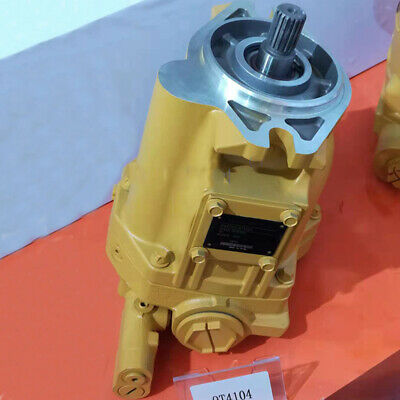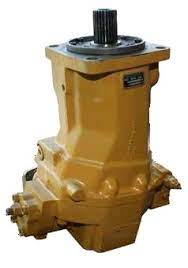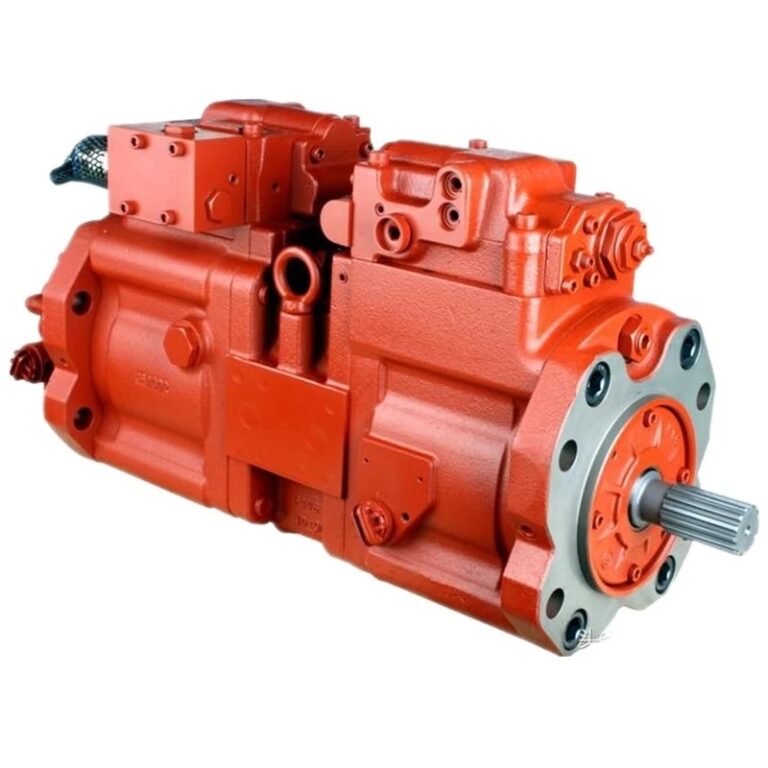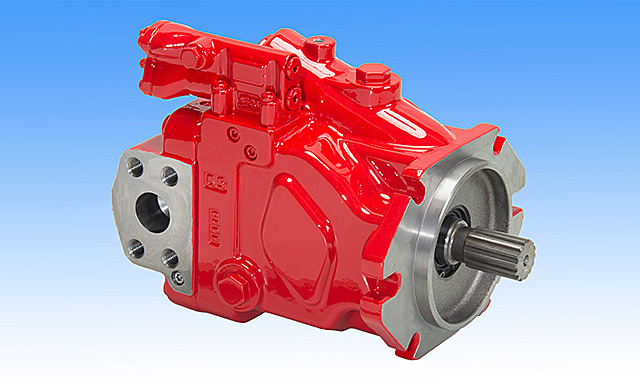
Linde BPR Hydraulpump – Översikt
The Linde BPR hydraulic pump is a high pressure centrifugal pump designed to meet the requirements of all types of industrial application. The pumps have been designed to be able to handle high pressures up to 400 bar and high temperatures up to 150°C. The pumps are available in two versions: direct acting (positive displacement) and radial piston.
All versions of this product family use liquid as a medium, which means they can only be used with incompressible liquids like water or oil. The direct acting version uses a spiral impeller which can be driven by an electric motor, while the radial piston version uses a double action piston that needs an external source of power (electric or pneumatic) to drive it.
The LindE BPR is primarily used for pumping liquids in industrial applications such as food processing plants, chemical plants, refineries, steel mills, paper mills and so on.
De Linde BPR Hydraulic Pump is a modular, variable displacement, pressure-compensated piston pump designed for use in open or closed-loop hydraulic systems.
The Linde BPR Hydraulic Pump is available in three configurations. The BPR-V features a single output shaft with a threaded connection and an O-ring seal. The BPR-O features two separate outputs with threaded connections and O-ring seals. The BPR-OD features two separate outputs with equal sized bores, one with a threaded connection; the other with an ANSI flange connection. All three configurations are available in either bronze or steel construction, with an optional chrome plating finish on the bronze models.
The Linde BPR Series is a modular, variable displacement, pressure compensated piston pump designed for use in open or closed loop hydraulic systems. The BPR Series features an external oil reservoir that provides constant flow rate and constant volume characteristics. A variety of valve options are available to control flow and pressure requirements. Internal relief valves protect the system from overpressure conditions by automatically opening at the set relief pressure. The relief valve can be adjusted to allow greater flow rates when required but will still protect the system from damage due to excessive pressures during start up. A standard relief valve is located inside the pump housing allowing quick access for maintenance purposes without having to remove any external covers.

This product is designed to be coupled to a wide variety of engine drives, including electric motors and gasoline/diesel engines.
The Linde BPR hydraulic pump is a positive displacement pump with a load-dependent displacement. The pump is driven by an electric motor or a diesel engine. This energy source drives the pump’s piston which moves in and out of the pump housing to create pressure inside the system. The piston movement creates vacuum in the suction line and liquid enters the housing through an inlet port at high pressure. As liquid passes through the pump it expands into volume due to its incompressibility. When this occurs, pressure in the system drops and vacuum is created in the discharge line. The pressure drop causes liquid to be pushed out of the discharge line at low pressure, resulting in flow rate control over a wide range of operating conditions.
The primary components are the drive shaft, check valves and pistons.
The drive shaft is the main component of a hydraulic pump, which is responsible for moving the fluid through the system. The drive shaft also works as a piston in some types of pumps. The check valves regulate the flow of fluid by ensuring that it does not go back to its source when there is no pressure on it. The pistons move inside cylinders and push against the walls of these cylinders to generate pressure in them.
The drive shaft rotates the pistons that are connected by a swash plate.
The drive shaft rotates the pistons that are connected by a swash plate. The swash plate is a rotating cylinder with two chambers on opposite sides of the piston rod. When the piston moves, fluid is forced into one chamber, which pushes against the other chamber, causing it to move as well. The swash plate is spring loaded so that when there is no pressure in either chamber, they will be at rest position.
The swash plate can be moved to change the angle of the pistons as they rotate.
The Linde BPR hydraulic pump uses two pistons that are connected by an eccentric shaft with a swash plate mounted on it. The swash plate moves up and down with each rotation of the shaft and acts as a cam for each piston, changing its angle relative to its previous position. This gives each piston a unique path as it rotates around its central axis, which helps ensure consistent delivery rates over all phases of operation.
This design allows a constant flow rate throughout each revolution of the drive shaft.
This design allows a constant flow rate throughout each revolution of the drive shaft. This can be useful when your application requires more fluid than your pump could deliver in one revolution of the shaft. The pump can be used to run a hydraulic motor, or it can be used as a power source for an electric motor by using an electronic control to change current direction on each half-revolution.
The pump has two pistons that move in opposite directions, so it provides twice the flow at half the pressure of a single piston pump with equal displacement per revolution (DPR). The BPR is also smaller and lighter than most other types of axial piston pumps. It can handle fluids up to 280°F (138°C) and pressures up to 2,000 psi (137 bar).

De Linde BPR Pump represents the highest level of quality for open and closed loop systems.
All models in this series are fitted with a double acting piston rod and have an aluminum housing with stainless steel screws. This ensures durability under harsh conditions while reducing weight. They also feature an internal relief valve that protects against overpressure while allowing unrestricted flow in case of failure or leakage.
The Linde BPR series features an oil-free design with no external oiling required. This reduces maintenance costs while increasing reliability and efficiency for your application. Additionally, all parts in contact with the fluid are made from corrosion resistant materials ensuring long life expectancy even when used in aggressive fluids such as salt water or ammonia solutions.
At this point it is clear that the Linde BPR Hydraulic Pump is the pump to buy for most applications. This is because it offers great technology, a slim design and very high power performance and all of this at a reasonable price. It is one of the best pumps on the market and comes highly recommended. If you are looking for an industrial quality hydraulic pump, look no further than the Linde BPR Hydraulic Pump.


